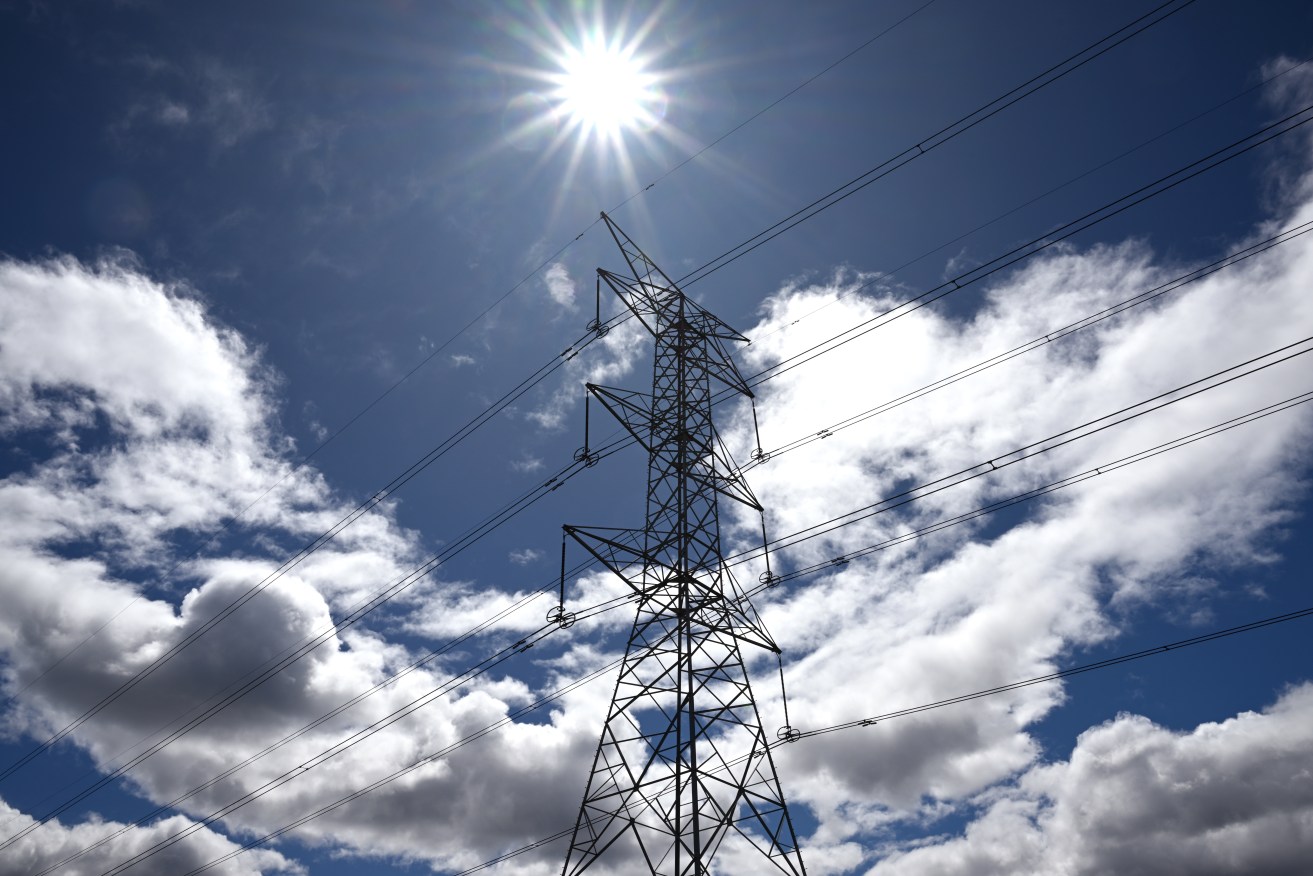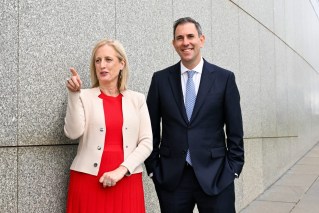East coast chill has moved the needle on energy usage, prices
Wholesale electricity and gas prices have risen but remain well below the “extremely challenging” highs of 2022, a new report shows.

Energy prices have spiked but not with the severity of previous seasonal rises. (AAP Image/Dan Himbrechts)
The Australian Energy Regulator’s latest wholesale markets report found average spot prices in the National Electricity Market increased from April to June, compared to the preceding quarter.
This was driven by higher demand due to the onset of winter, the seasonal decline in solar generation, and reduced cheap coal capacity offered in Queensland and NSW.
The wholesale cost of electricity is the largest part of retail prices.
While the exit of the Liddell power station in April contributed to higher wholesale prices, it was partly offset by about 1100 MW of new solar, wind and battery capacity.
Wind output reached record levels in June.
East coast gas spot market prices averaged $14.50 per gigajoule, mostly caused by supply constraints at the Longford gas plant and transportation constraints on the Moomba to Sydney pipeline during a period of high Victorian demand.
The Iona gas storage facility in Victoria finished the quarter at a record high level of capacity, which the regulator said was critical to managing extra demand.
AER board member Justin Oliver said the regulator was pleased to see prices remain well below the highs of the second quarter of 2022 as states face the remaining winter months.
“The second quarter of 2022 was an extremely challenging time for the sector,” he said.
“We’re pleased the factors that drove the high prices at that time weren’t present to nearly the same extent this year.
“We have seen far fewer coal generator outages and more coal capacity offered into the market than the same period last year.”
The report warned higher-than-expected summer temperatures and lower-than -average rainfall were likely to contribute to higher prices in the first half of 2024.
The regulator announced in May customers in NSW, South Australia and southeast Queensland could expect a power bill increase of between 19 and 25 per cent from July 1, depending on their locations.











